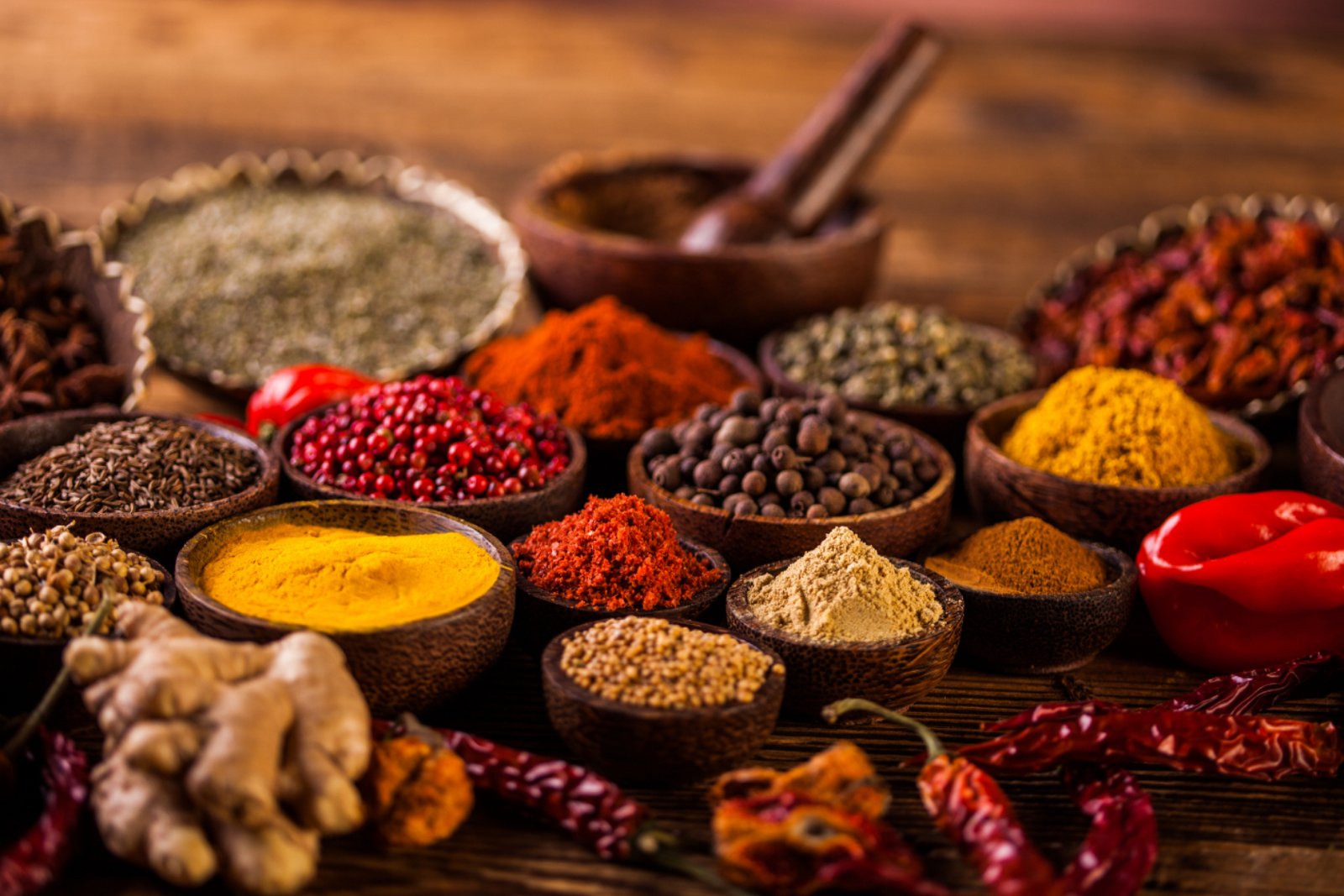South Asia—comprising India, Pakistan, Bangladesh, Sri Lanka, Nepal, and parts of Afghanistan—boasts one of the most diverse and flavorful culinary landscapes in the world. At the core of this rich gastronomic heritage are spices, known not just for their bold aromas and colors but also for their cultural, medicinal, and historical significance. The use of South Asian spices dates back thousands of years, shaping global trade routes and influencing cuisines far beyond the region’s borders.
1. The Historical Legacy of South Asian Spices
The story of South Asian spices is as old as civilization itself. Ancient traders traveled great distances along the Spice Route, carrying pepper, cardamom, and cinnamon from the Indian subcontinent to Europe, the Middle East, and beyond. Spices were once worth their weight in gold, treasured not only for their flavor but also for their ability to preserve food and enhance health.
India often referred to as the “Land of Spices,” played a central role in this global exchange. Archaeological evidence suggests that Indian spices were being exported to Mesopotamia as early as 3000 BCE. Over time, they became symbols of wealth and status, and their demand helped shape world history, including the Age of Exploration.
2. The Essential South Asian Spices
South Asian cuisine is defined by its intricate layering of flavors—a symphony created by combining spices in precise proportions. Some of the most iconic spices include:
- Turmeric (Haldi): Known for its deep golden hue, turmeric adds warmth and earthiness to dishes. It also contains curcumin, a compound celebrated for its anti-inflammatory and antioxidant properties.
- Cumin (Jeera): With a nutty and slightly peppery flavor, cumin seeds are often dry-roasted or fried in oil to enhance their aroma. They’re a staple in curries, lentil dishes, and spice blends like garam masala.
- Coriander (Dhania): Both the seeds and leaves of the coriander plant are used widely. The seeds lend a citrusy, sweet-spicy note to food, while the fresh leaves add brightness as a garnish.
- Cardamom (Elaichi): Often called the “Queen of Spices,” cardamom is prized for its sweet, floral fragrance. It’s used in both savory dishes and desserts such as kheer and masala chai.
- Cloves (Laung): These aromatic flower buds have a strong, pungent flavor and are used to add depth to rice dishes, meat curries, and even spiced teas.
- Cinnamon (Dalchini): With its sweet and woody flavor, cinnamon is a key ingredient in South Asian biryanis and desserts. It also appears in many spice blends for curries and stews.
- Black Pepper (Kali Mirch): Native to South India, black pepper was once one of the most sought-after spices in global trade. It adds a sharp, pungent heat to countless dishes.
- Mustard Seeds (Rai): These tiny seeds pop and release a nutty aroma when heated in oil, forming the base for many South Indian curries and pickles.
- Fenugreek (Methi): Known for its slightly bitter taste, fenugreek seeds and leaves are used to balance rich gravies and add complexity to spice blends.
3. The Art of Blending Spices
What sets South Asian cooking apart is not just the variety of spices used but the technique of blending and tempering them. Cooks often create their own masalas—custom mixtures of ground spices—tailored to specific dishes. The proportions and combinations vary by region, household, and even occasion.
For example, garam masala, a common North Indian blend, typically includes cinnamon, cloves, cardamom, cumin, and black pepper. Meanwhile, in the South, you’ll find spice pastes made from roasted coriander, red chilies, mustard, and curry leaves. The process of tempering (tadka)—where whole spices are fried in oil or ghee to release their aroma—forms the foundation of many curries and dals.
4. Regional Variations and Signature Flavors
The beauty of South Asian spices lies in their regional diversity:
- North India: Rich gravies use garam masala, cumin, and cardamom to create aromatic dishes like butter chicken and rogan josh.
- South India: Spices like mustard seeds, curry leaves, tamarind, and dried red chilies dominate dishes such as sambar and rasam.
- Pakistan: Strong flavors from cumin, coriander, and black pepper define meat-heavy dishes like nihari and biryani.
- Bangladesh: Mustard oil and seeds are integral, especially in fish curries and vegetable dishes.
- Sri Lanka: Fiery spice blends include cinnamon, cloves, and cardamom, often combined with coconut for balance.
Each region tells a story through its unique spice profile, reflecting its climate, culture, and agricultural abundance.
5. The Health Benefits of South Asian Spices
Beyond taste, these spices are celebrated in Ayurveda, the ancient Indian system of medicine, for their healing properties. Turmeric aids digestion and immunity; ginger relieves nausea; cumin and fennel promote metabolism; and cloves and cinnamon help fight infections. Modern science continues to confirm many of these traditional uses, making South Asian spices valuable both in kitchens and wellness routines.
6. Spices in the Global Kitchen
Today, South Asian spices have crossed cultural boundaries. Garam masala appears in Western kitchens, turmeric lattes have become trendy, and cumin is a staple in Mexican and Middle Eastern cuisines. This global embrace highlights the timeless allure of South Asian flavors—complex, comforting, and endlessly adaptable.
Conclusion
South Asian spices are more than ingredients—they are the essence of a civilization’s history, health, and hospitality. Each pinch tells a story of tradition, trade, and transformation. From the bustling spice markets of Delhi to modern kitchens in New York, these vibrant seasonings continue to connect people across cultures, adding warmth, color, and soul to every meal.

